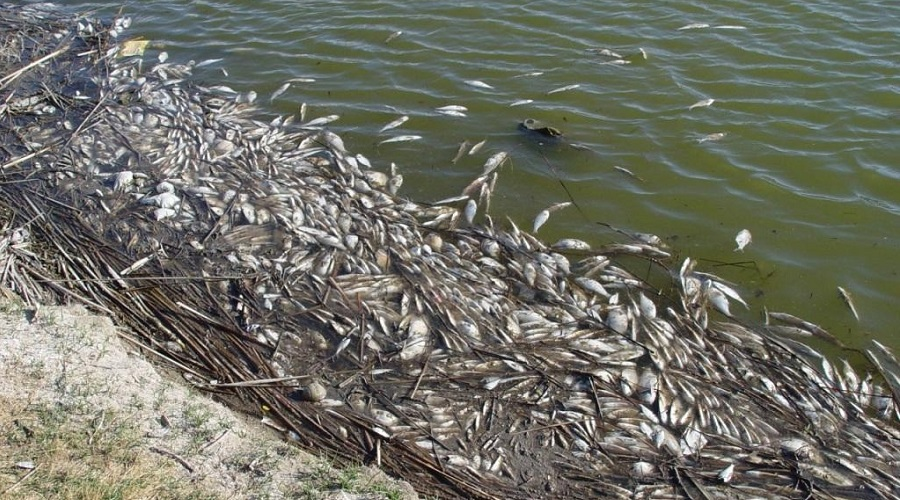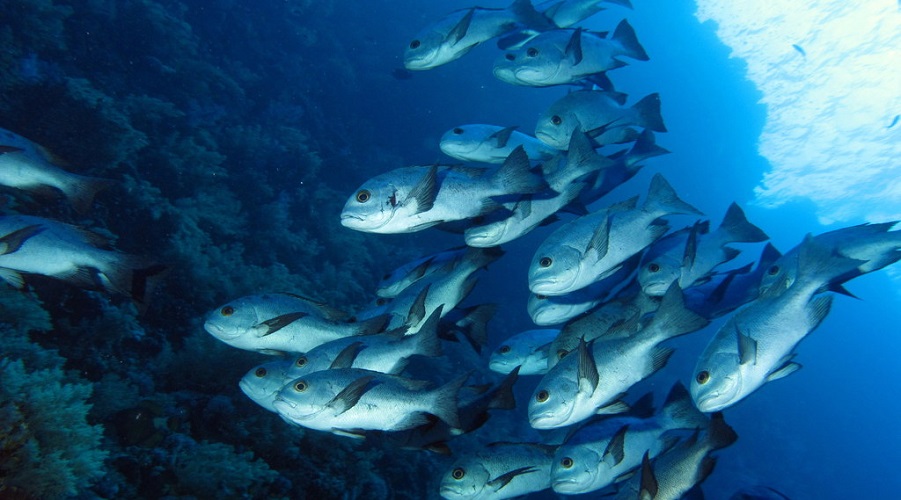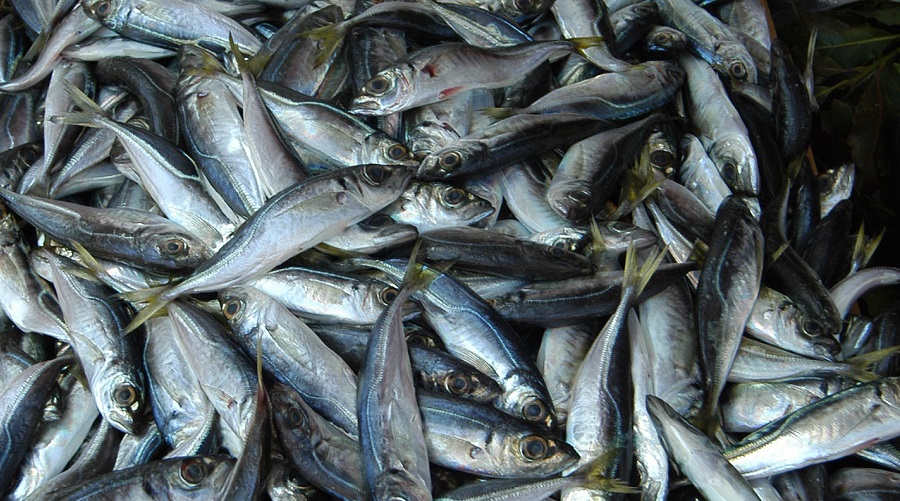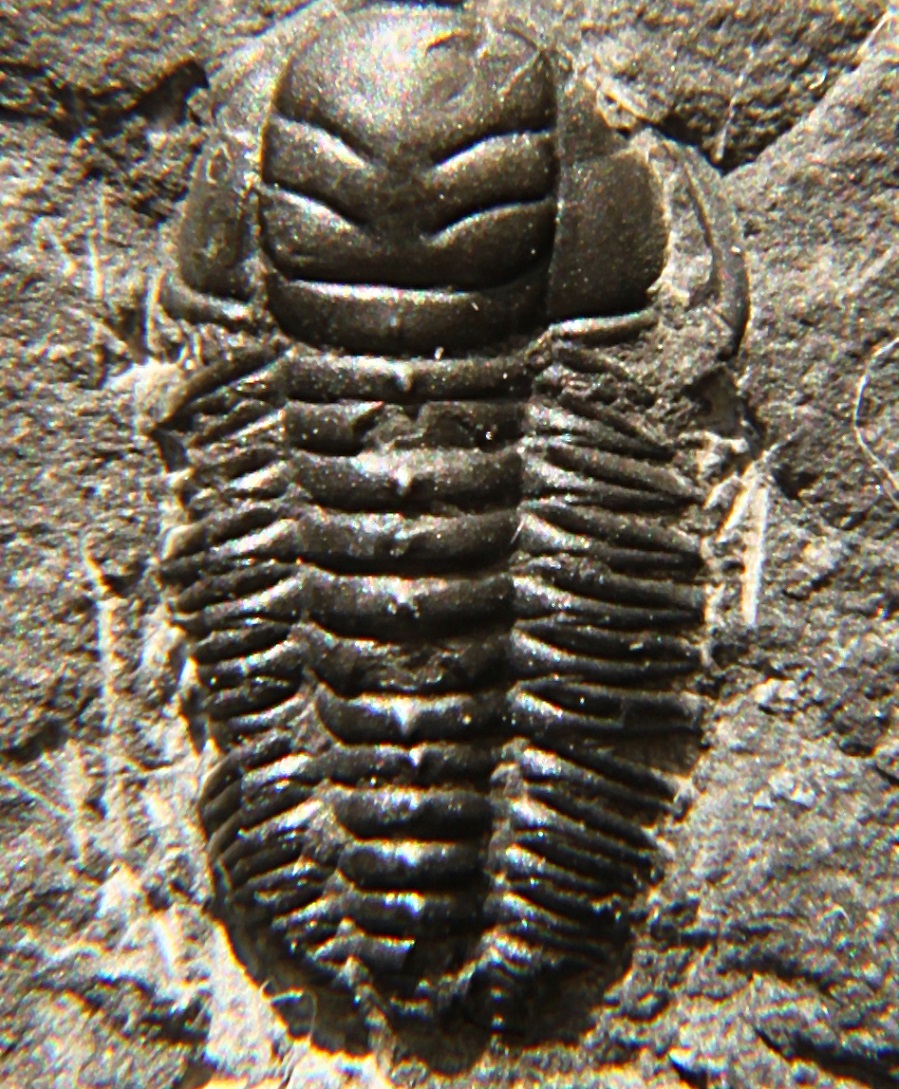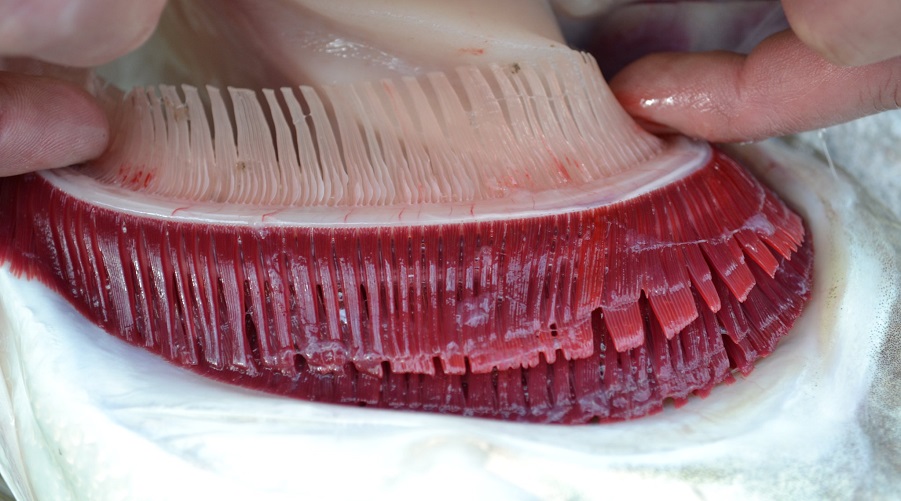
Bighead carp gill rakers. Photo by Invasive Carp Regional Coordinating Committee, Flickr.
At the last annual meeting of the FishBase Consortium, held 5-7 September 2023 in Tervuren, Belgium, it was decided that the next FishBase/SeaLifeBase Symposium, traditionally held before the FishBase Consortium meeting, to be held in early September 2024 in Thessaloniki, Greece, would last two days, with the first devoted to a session on the Gill-Oxygen Limitation Theory, or GOLT.


